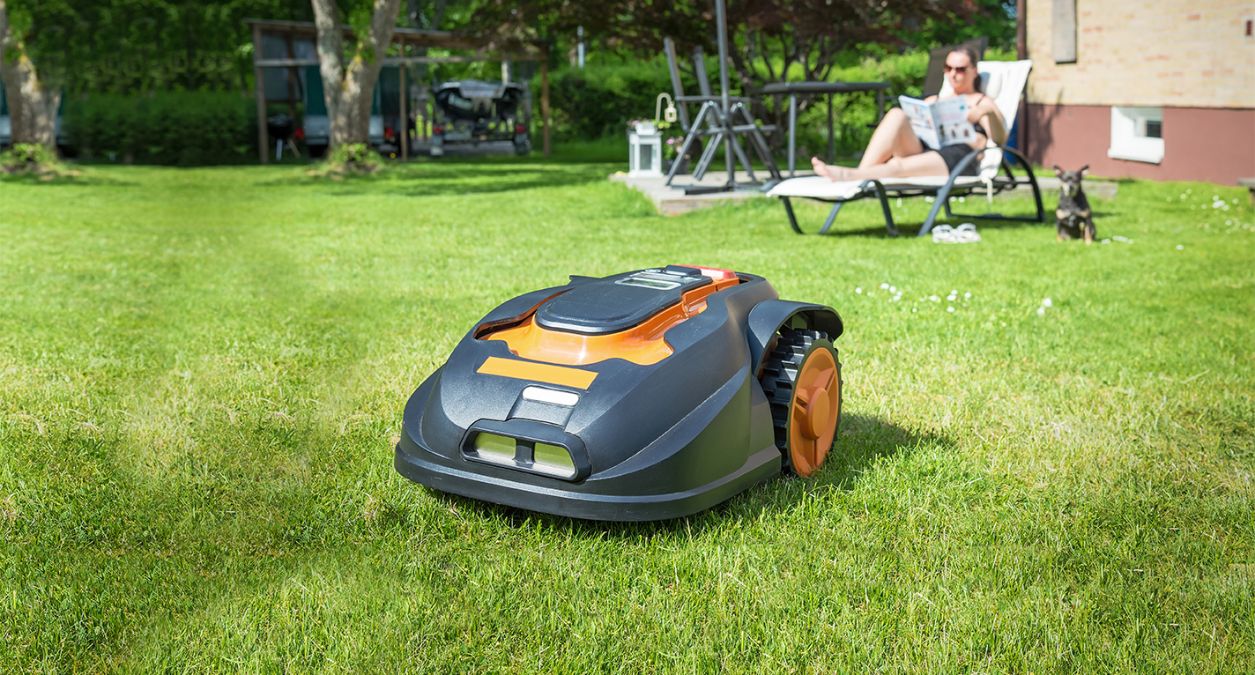#1 – The future is hyper-automated
As intelligent automation comes for everything from factory robots and data networks to marketing and business process systems, optimization will increasingly become "self-driving"
As a leading Asian CTO phrased it, the key to winning the future will be to enable as many operating decisions as possible to be made by machines fuelled by live data. Whether this was meant as a hyperbole or not, the prediction is now quickly coming true.
The examples are everywhere. Content paywalls that continuously optimize content to increase the likelihood of conversion, smart buildings that optimize energy usage or machine learning software that continuously seeks out improvements to machine learning chips. The merging of robotics, data, and artificial intelligence is ushering in a new era of intelligent automation, and in this era the quest for greater efficiency will increasingly become self-optimizing.
Ultimately, as the idea of intelligent automation is applied to a wider range of use cases, we will see more software companies offer what today’s tech entrepreneurs refer to as ”cognitive technologies for the self-driving enterprise”. That is enterprise-wide solutions for intelligent business automation and optimization that span everything from IT and network optimization to legal, finance, and HR. In fact the wheels are already well in motion, with the world-wide market for hyper-automation-enabling software predicted to reach nearly $600 billion as early as 2022.
As the landscape of intelligent machines and bots continues to expand and evolve, a new set of ethical questions and concerns need to be addressed. How can we ensure that artificially intelligent systems are using relevant codes of conduct and able to respond to situations in an ethical way? This is a key interest for networking and telecommunications company Ericsson, whose vision of future management and operations means using a minimum of human intervention and replacing it with trustworthy AI technologies.
“Automation enables us to reach greater efficiency while eliminating monotonous and tiring work tasks. A key challenge lies in aligning processes to allow for data exchange both within the organization and with our partners”
THOMAS WULKAN, EXECUTIVE VP MUNKSJÖ
This article is part of our report: 12 predictions for Tomorrow's Connected Enterprise read the rest of the predictions here:
Tomorrow's Connected Enterprise
Cookie notification
Cookies allow us to optimize your use of our website. We also use third-parties cookies for advertising and analytics. Please read our Cookie Policy for more information.

